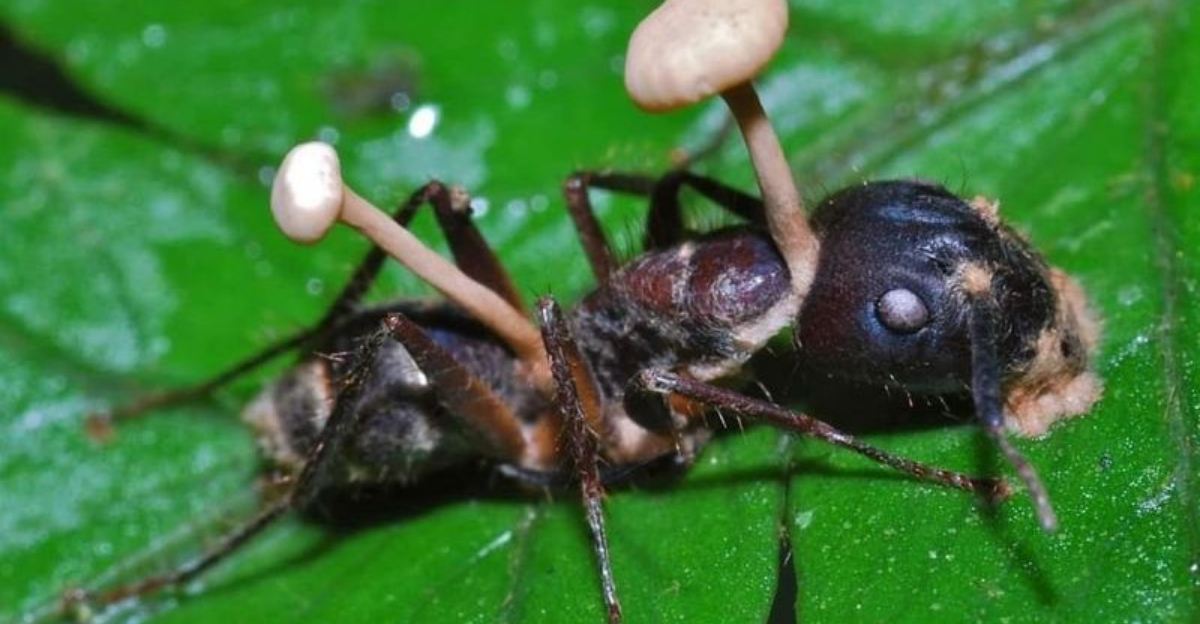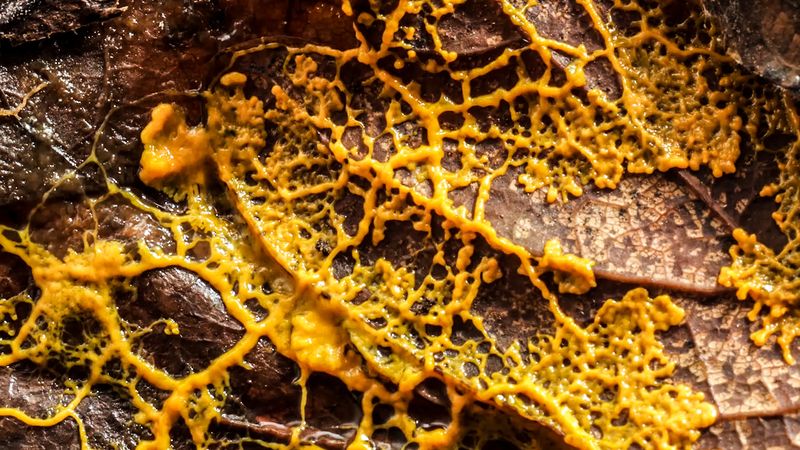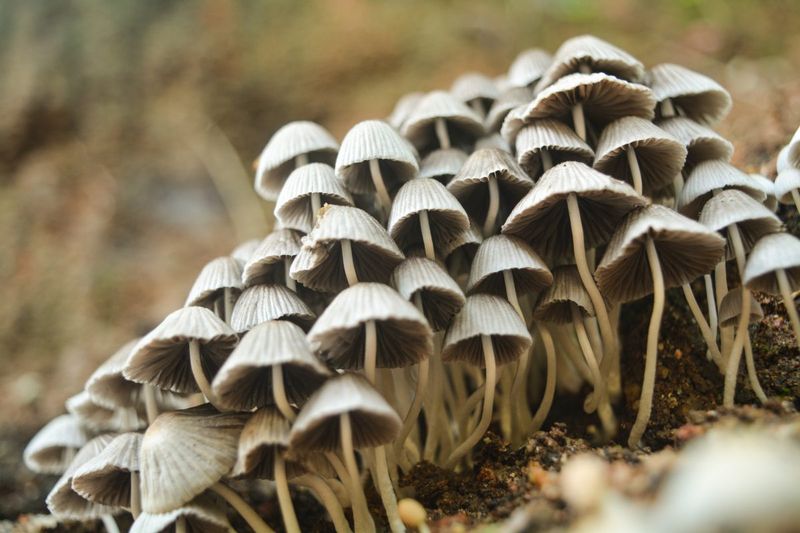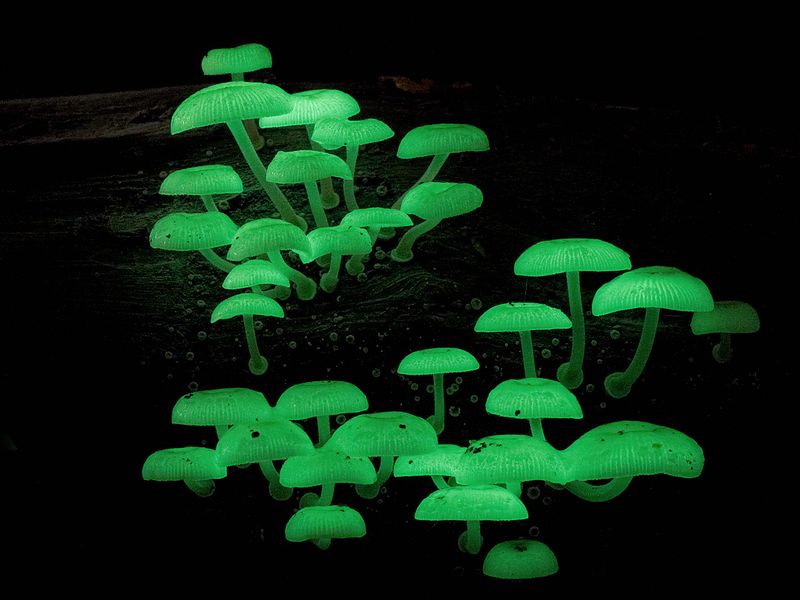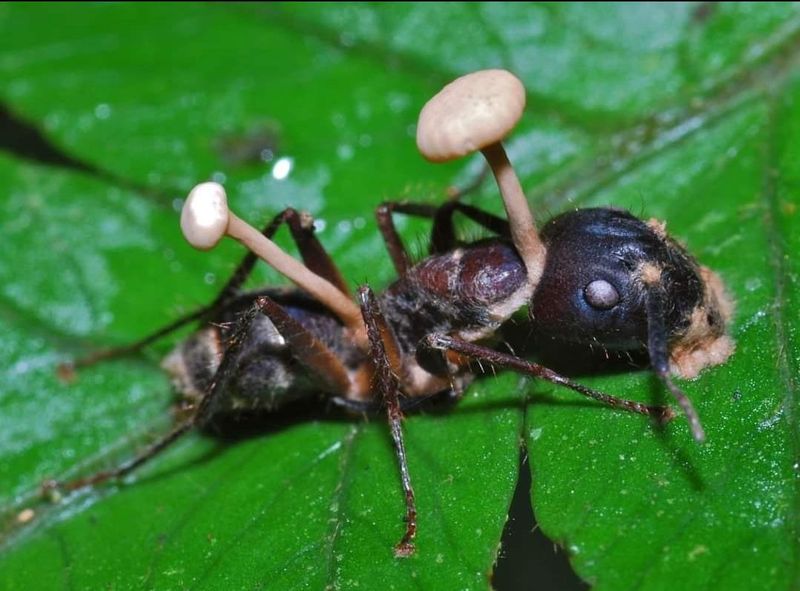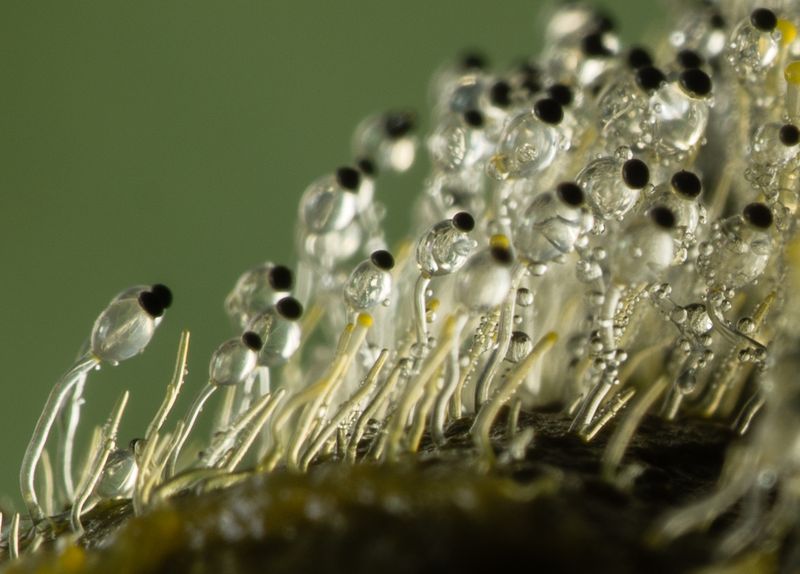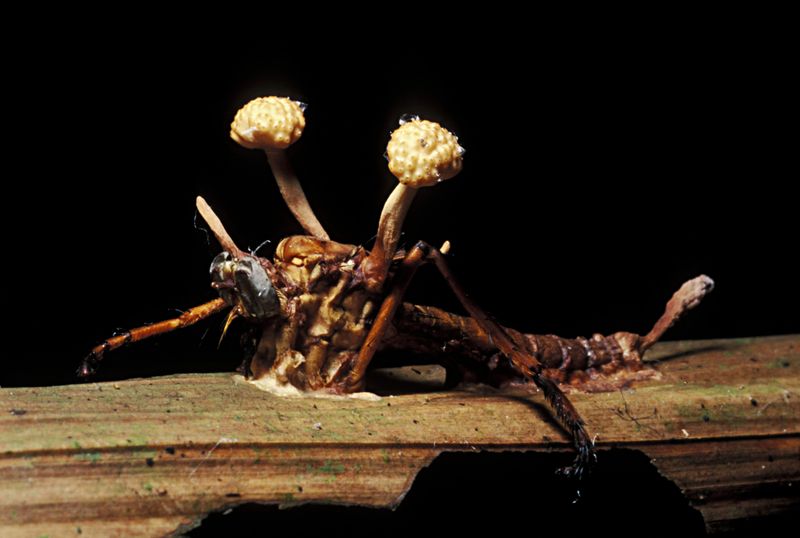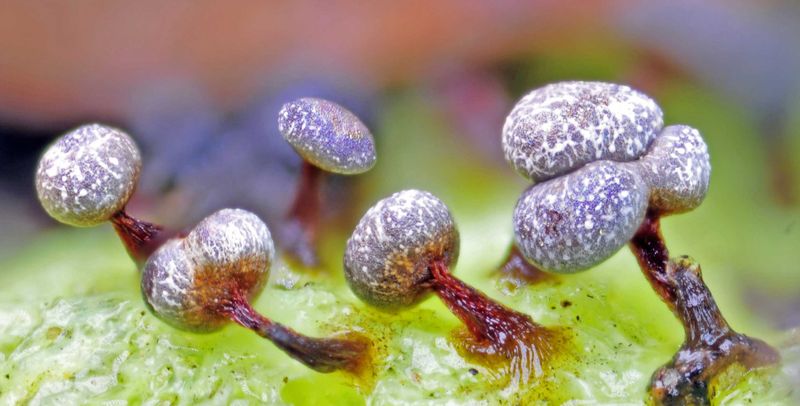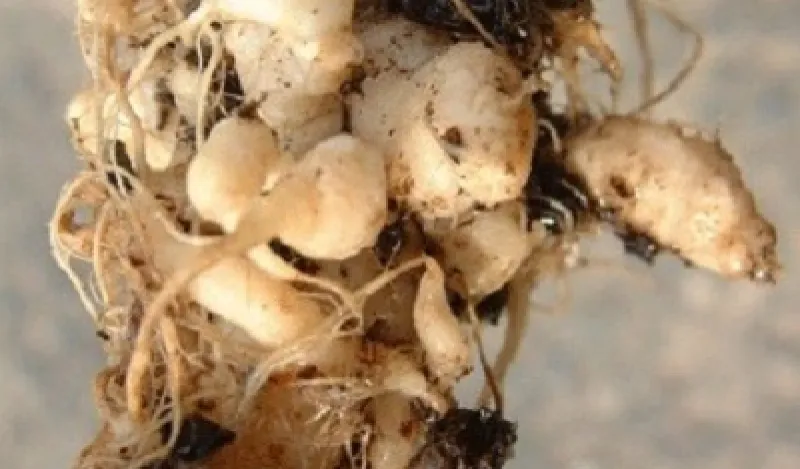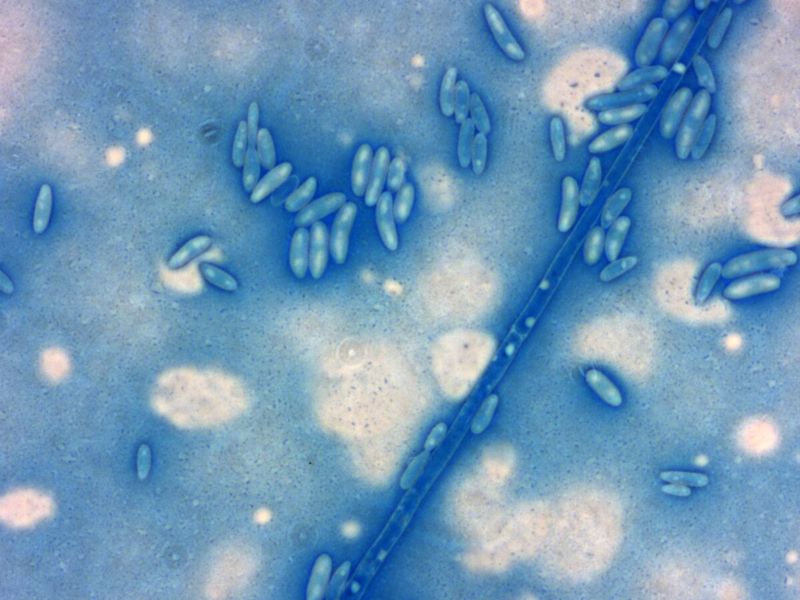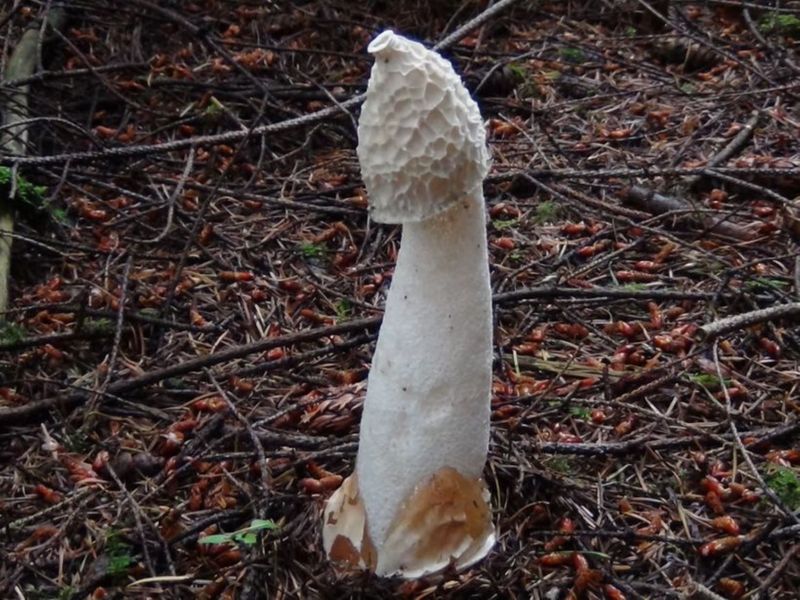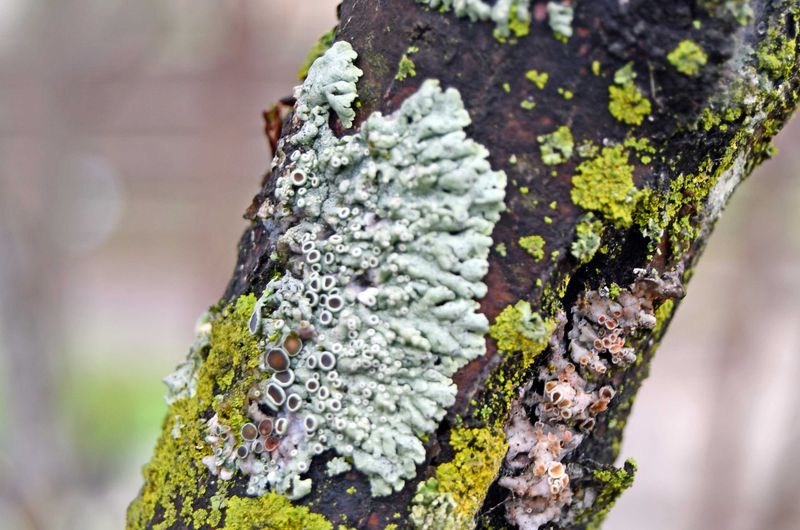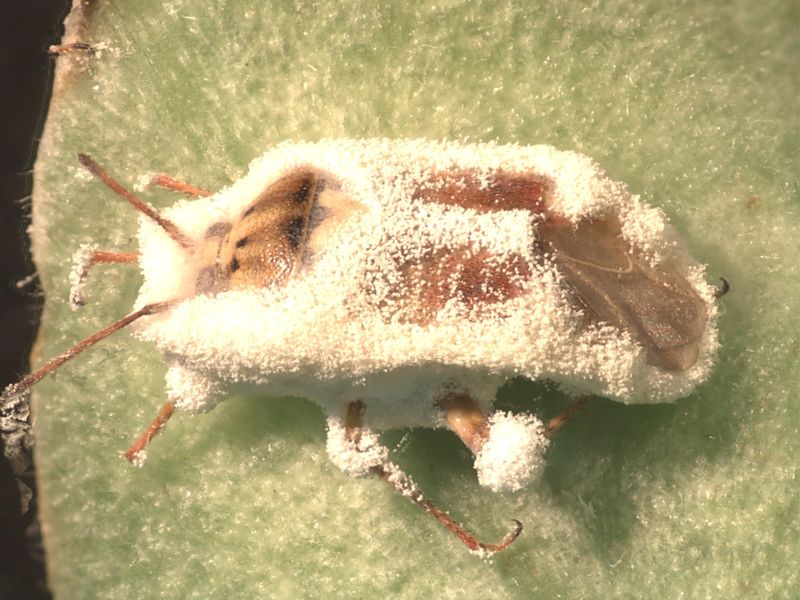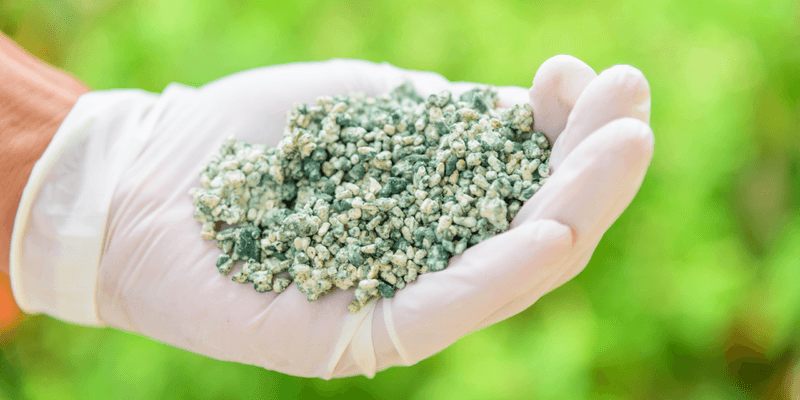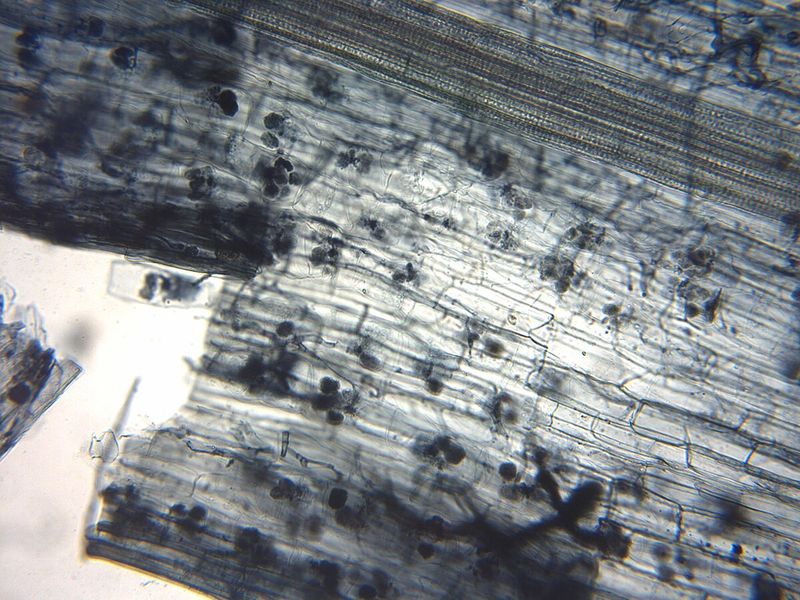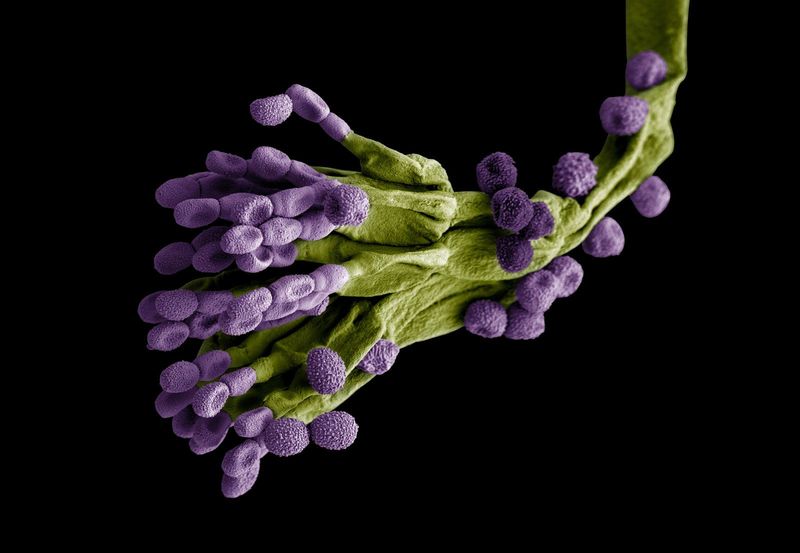Explore the fascinating world of fungi that exhibit behaviors remarkably similar to those of animals. These unique organisms challenge our understanding of the natural world, blurring the lines between plant and animal kingdoms.
Discover 15 extraordinary fungi that mimic animal behaviors in unexpected ways.
1. Slime Mold
Slime molds are curious organisms that exhibit remarkable intelligence despite lacking a brain. They can solve complex problems like finding the shortest path through a maze. This behavior is astonishingly similar to animal decision-making.
Slime molds move by forming a network of protoplasm, flowing like a primitive nervous system.
They can adapt to changing environments and optimize their growth patterns. Their ability to mimic basic animal intelligence has fascinated scientists for decades, challenging our understanding of life and consciousness.
2. Carnivorous Fungi
Carnivorous fungi have developed a taste for worms, trapping them with specialized hyphal rings.
These fungi produce constricting rings that tighten around nematodes, immobilizing them. Once captured, the fungi digest the nematodes, absorbing their nutrients.
This predatory behavior is akin to animals hunting prey. The fungi’s ability to sense and respond to the presence of nematodes demonstrates a sophisticated survival strategy.
This predator-prey dynamic illustrates a remarkable adaptation, blurring the line between plant and animal kingdom behaviors.
3. Bioluminescent Fungi
Bioluminescent fungi light up the forest floor, emitting a mesmerizing glow akin to fireflies. This glow attracts insects, aiding in spore dispersal, much like how flowers attract pollinators.
The chemical reaction responsible for the light is similar to that in bioluminescent animals. This enchanting ability not only aids in reproduction but also in deterring predators.
The eerie glow of these fungi transforms forests into otherworldly landscapes, showcasing nature’s creativity and the intricate connections between organisms.
4. Zombie Ant Fungus
The Zombie Ant Fungus is a parasitic fungus that infects ants, taking over their central nervous system. Once infected, the ant becomes a puppet controlled by the fungus.
The fungus forces the ant to climb vegetation, where it dies. The fungus then sprouts from the ant’s body, releasing spores to infect more ants.
This gruesome cycle ensures the fungus’s survival and propagation. The fungus’s ability to manipulate the ant’s behavior is eerily animal-like. It showcases nature’s dark ingenuity, ensuring its survival by turning ants into unwilling hostages.
5. Pilobolus Fungus
The Pilobolus fungus is known for its explosive spore dispersal. It launches its spores with incredible force towards sunlight, ensuring they land in optimal locations for growth.
This behavior mimics animal instincts for survival and reproduction. The fungus’s precision in targeting sunlight demonstrates an impressive adaptation.
Pilobolus’s spore-shooting mechanism is one of the fastest movements in the fungal world, resembling the precision of a hunter targeting prey. This incredible trait showcases nature’s ingenuity in ensuring species survival.
6. Cordyceps Fungi
Cordyceps fungi are notorious for their parasitic relationship with insects. These fungi invade the host’s body, manipulating their behavior to aid in the fungus’s reproduction.
Once the host dies, the fungus sprouts from the body, releasing spores to infect others. This mind-control ability is eerily similar to parasitic animals.
The Cordyceps fungus’s life cycle demonstrates nature’s darker side, where survival often comes at the expense of another’s demise. Its sophisticated manipulation of host behavior showcases a complex survival strategy.
7. Myxogastria Amoebae
Myxogastria amoebae are part of the slime mold family, capable of aggregating into multi-cellular organisms. This transformation allows them to move and forage like a single entity.
Their ability to switch from solitary to communal life resembles animal social behavior. These amoebae coordinate their movements to enhance their feeding efficiency, akin to a flock of birds or a school of fish.
This remarkable adaptation highlights the blurred lines between single-celled organisms and more complex life forms.
8. Club Root Fungus
Club root fungus infects the roots of plants, causing swellings that resemble tumors. These growths divert nutrients from the plant to the fungus, similar to parasitic animal behavior.
The fungus’s ability to manipulate plant growth for its benefit is intriguing. By altering the host’s physiology, it ensures a steady supply of nutrients.
This parasitic relationship highlights the complex interactions in nature, where organisms often exploit others for survival. The club root fungus’s strategy is a testament to nature’s relentless drive for adaptation.
9. Fusarium Oxysporum
Fusarium oxysporum is a soil-borne fungus that infects plant vascular systems, causing wilt and death. This fungus spreads through the plant like a virus in the body, disrupting vital functions.
This systemic infection is similar to how pathogens invade animal hosts. The fungus’s ability to persist in soil and infect new plants demonstrates a strategic survival mechanism.
Fusarium oxysporum’s ability to mimic viral infection patterns in plants underscores the interconnectedness of life and the ongoing battle for survival in nature.
10. Stinkhorn Fungi
Stinkhorn fungi are notorious for their foul odor, which mimics decaying flesh to attract flies. These flies inadvertently aid in spore dispersal, similar to how animals use deception for survival.
The fungus’s pungent aroma and unique shape are key to its reproductive strategy. By luring insects, it ensures wider distribution of its spores. This deceptive tactic mirrors animal behaviors where appearance and scent play crucial roles in survival.
The stinkhorn’s intriguing method highlights the diverse strategies fungi employ to thrive in various environments.
11. Lichens
Lichens are symbiotic organisms comprised of fungi and algae or cyanobacteria. This partnership allows them to colonize harsh environments where neither could survive alone.
The mutualistic relationship is akin to animal symbiosis, such as clownfish and anemones. This collaboration enables lichens to thrive in diverse habitats, from arid deserts to frozen tundras.
Their ability to adapt and endure extreme conditions highlights the power of cooperation in nature. Lichens exemplify the complex interactions that define ecosystems, showcasing the interconnectedness of life.
12. Entomopathogenic Fungus
Entomopathogenic fungi specialize in infecting insects, causing disease and death. These fungi penetrate the insect’s exoskeleton, growing inside and eventually killing the host.
This lethal strategy is similar to animal parasitism, where one organism feeds off another.
The fungus’s ability to target specific insects makes it an effective biological control agent. Its role in regulating insect populations illustrates a natural balancing act, controlling pest numbers.
This intricate relationship between fungi and insects is a testament to nature’s complexities and the delicate balance of ecosystems.
13. Trichoderma
Trichoderma fungi are known for their symbiotic relationships with plants, enhancing growth and protection against pathogens. They colonize plant roots, improving nutrient uptake and resilience.
This beneficial interaction mirrors animal mutualism, where both parties gain advantages. Trichoderma’s role in promoting plant health and resistance to disease highlights the importance of fungi in agriculture.
Their ability to boost plant defenses and productivity underscores the symbiotic harmony present in ecosystems. This cooperation between fungi and plants illustrates the intricate web of life.
14. Arbuscular Mycorrhizae
Arbuscular mycorrhizae form mutualistic relationships with plant roots, increasing nutrient absorption. These fungi extend their hyphae into the soil, tapping into resources beyond the plant’s reach.
This symbiotic association enhances plant growth and resilience, akin to animal partnerships in nature. The fungi provide essential nutrients in exchange for carbohydrates from the plant.
This mutual benefit strengthens ecosystems, ensuring survival amid environmental challenges. Arbuscular mycorrhizae highlight the vital role of fungi in supporting plant life and maintaining ecological balance.
15. Penicillium
Penicillium fungi are famous for producing antibiotics like penicillin, revolutionizing medicine. They inhibit bacterial growth, protecting their own and others’ environments.
This defense mechanism is comparable to animal immune responses. By producing antibiotics, these fungi safeguard their niche against microbial threats.
Penicillium’s contribution to human health underscores the profound impact fungi have on our world.
This fungi’s natural ability to combat bacteria highlights the interconnectedness of life, where organisms often develop sophisticated strategies for survival.
